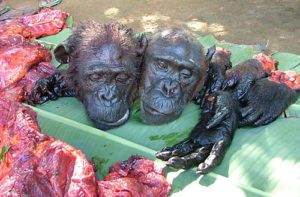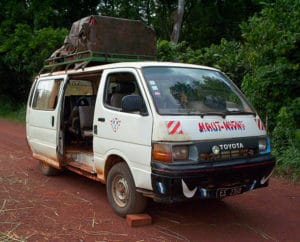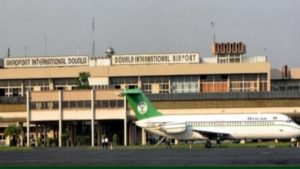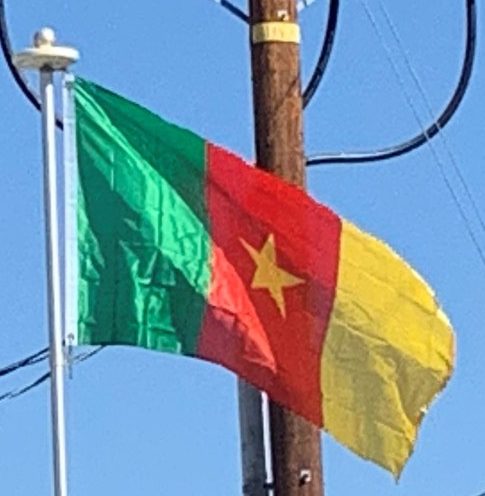Livestock are raised throughout the country. Fishing employs 5,000 people and provides over 100,000 tons of seafood each year. Bushmeat, long a staple food for rural Cameroonians, is today a delicacy in the country’s urban centers. The commercial bushmeat trade has now surpassed deforestation as the main threat to wildlife in Cameroon.

The southern rain-forest has vast timber reserves, estimated to cover 37% of Cameroon’s total land area. However, large areas of the forest are difficult to reach. Logging, largely handled by foreign-owned firms, provides the government US$60 million a year in taxes (as of 1998), and laws mandate the safe and sustainable exploitation of timber. Nevertheless, in practice, the industry is one of the least regulated in Cameroon.
Factory-based industry accounted for an estimated 29.7% of GDP in 2009. More than 75% of Cameroon’s industrial strength is located in Douala and Bonabéri. Cameroon possesses substantial mineral resources, but these are not extensively mined. Petroleum exploitation has fallen since 1986, but this is still a substantial sector such that dips in prices have a strong effect on the economy. Rapids and waterfalls obstruct the southern rivers, but these sites offer opportunities for hydroelectric development and supply most of Cameroon’s energy. The Sanaga River powers the largest hydroelectric station, located at Edéa. The rest of Cameroon’s energy comes from oil-powered thermal engines. Much of the country remains without reliable power supplies.
Transportation:
Transportation in Cameroon is often difficult. Except for the several relatively good toll roads which connect major cities (all of them one-lane) roads are poorly maintained and subject to inclement weather, since only 10% of the roadways are tarred. Roadblocks often serve little other purpose than to allow police and gendarmes to collect bribes from travelers. Road banditry has long hampered transport along the eastern and western borders, and since 2005, the problem has intensified in the east as the Central African Republic has further destabilized.

Intercity bus services run by multiple private companies connect all major cities. They are the most popular means of transportation followed by the rail service Camrail. Rail service runs from Kumba in the west to Bélabo in the east and north to Ngaoundéré.
The main international airport is the Douala International Airport and a secondary international airport at Yaoundé Nsimalen International Airport. As of May 2014 Cameroon had regular international air connections with nearly every major international airport in West and Southwest Africa as well as several connections to Europe and East Africa.

In 2008 there were 34 airports, only 10 of which had paved runways.
Douala is the country’s principal seaport. In the north, the Bénoué River is seasonally navigable from Garoua across into Nigeria.
Flag of Cameroon:
The national flag of Cameroon was adopted in its present form on 20 May 1975 after Cameroon became a unitary state. It is a vertical tricolor of green, red and yellow, with a five-pointed star in its center. There is a wide variation in the size of the central star, although it is always contained within the inside stripe.
